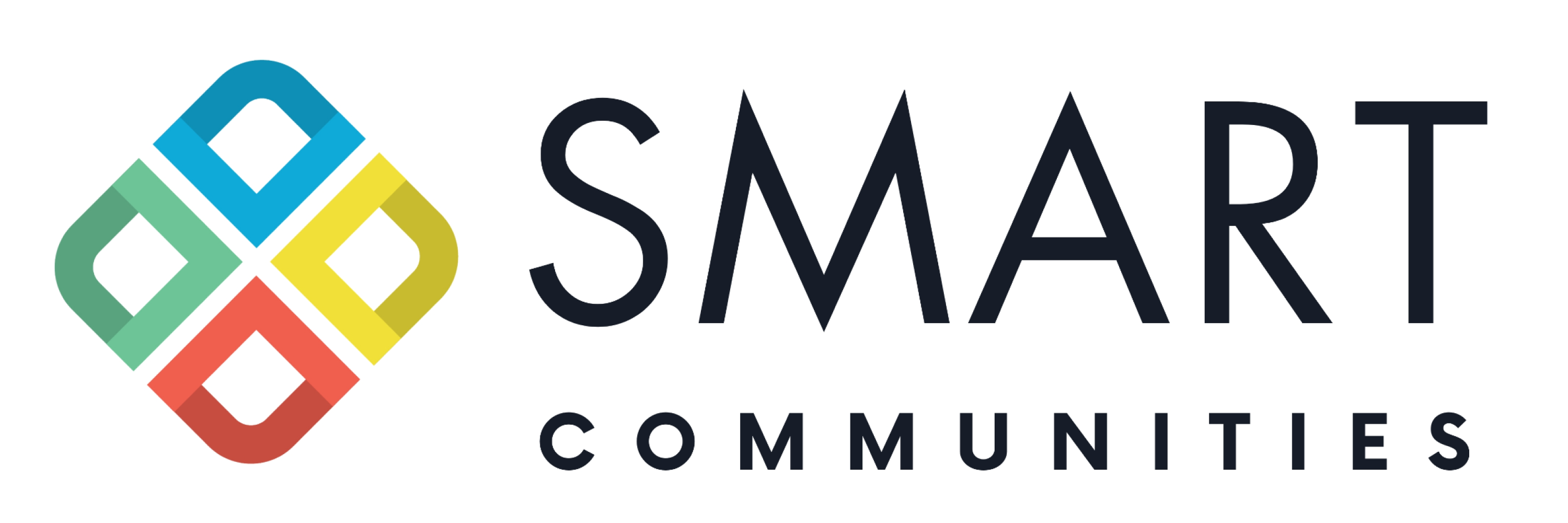Quanit Soeker: From Cleanups to Community Power in Ward 82

Quanit Soeker: From Cleanups to Community Power in Ward 82
What started as a simple yard-cleaning service in Boston has evolved into a powerful grassroots movement to restore dignity, create jobs, and empower residents in Ward 82. At the heart of it all is Quanit Soeker, a local entrepreneur and community leader who saw beyond the mess and recognized the deeper social issues hidden in plain sight.
A Business with Purpose
“When I started my business, I realised it wasn’t just about yard cleaning,” says Soeker. “Neglected spaces, illegal dumping, and unemployment, these weren’t just environmental issues. They were social issues. They affected our dignity, our safety, and our livelihoods.”
Driven by this understanding, Quanit began offering yard-cleaning services not only as a business opportunity but as a way to reclaim neglected spaces, uplift communities, and provide meaningful work for unemployed youth.
His business quickly became more than just a service, it became a bridge between community restoration and local empowerment.
From Cleanup to Connection
As Soeker engaged with more households, he didn’t just build a client base, he built relationships.
“I started to understand what people really needed: structure, representation, and collective power,” he explains. “There was no proper way for people to report issues or hold anyone accountable. WhatsApp groups were just chaos, people were frustrated, their concerns were ignored, and trust was eroding.”
That’s when he turned to Smart Communities, a digital platform designed to track issues, engage residents, and bring structure to the everyday concerns of local people.
Smart Communities: Turning Frustration Into Action
Quanit saw Smart Communities as more than just an app, he saw it as a power tool for grassroots governance.
“This isn’t just another app to ignore. It’s a serious tool. When residents report something, it’s captured like an OB entry. There’s a record. There’s a follow-up. And more importantly, there’s a result.”
Through his own WhatsApp group for Area Improvement and Restoration, Quanit began slowly introducing the system to residents, especially those concerned about illegal dumping and public safety. It took patience, personal conversations, and even some home-made demo videos, but word spread. People started to see the value.
“Once a few key members understood how it worked and saw results, they began spreading the word. It built momentum.”
Winning Trust and Getting the Ward Councillor On Board
But Quanit’s vision didn’t stop with residents. He knew that to make real change, he needed to get local leadership on board, including the ward councillor.
“She didn’t believe me at first,” he admits. She ignored my requests for a meeting for months.”
The breakthrough came when the mayor’s office asked councillors to submit reports on their wards, reports she couldn’t provide. Quanit stepped in.
“I said, this system I’ve been trying to show you, it collects that data. Real-time incident reports. You can export reports and present them to the mayor’s office. That’s when she finally listened.”
After a two-hour meeting, he onboarded the councillor and her assistant onto the Smart Communities platform. She now plans to support its rollout across the ward and join community meetings to help expand its use.
Micro Cleanups with a Macro Vision
Each month, Quanit leads small-scale cleanups in identified dumping hotspots. But these aren’t just about trash, they’re about transformation.
“Eventually, we want to turn these spots into gardens or mini business markets,” he says. “Instead of returning to dumping, residents will see them as vibrant community spaces.”
These markets could serve as platforms for local entrepreneurs, especially from the coloured community, to showcase their businesses, sell goods, and build support networks. Quanit sees this as a natural next step in the journey to uplift the ward.
A Ward That Leads by Example
With Smart Communities, Quanit believes Ward 82 can become a model for others.
“One ward can be ignored. But if we unite multiple wards through real-time data and digital tools, the city will have no choice but to respond,” he says. “We all face the same issues, just in different areas.”
By combining digital infrastructure with hands-on action, Quanit is creating a replicable model of community empowerment, service delivery tracking, job creation, and social cohesion.
“This is the future,” he says. “We’re not waiting around for the city to fix everything. We’re doing it ourselves and we’re doing it smarter.”

From humble beginnings as a yard-cleaning entrepreneur to a community organiser, coach, and digital pioneer, Quanit Soeker is proof that one person can catalyse real, lasting change.
His approach grounded in persistence, empathy, and innovation is restoring not just spaces, but hope. And as Ward 82 continues to clean, organise, and unite, it’s clear: this is more than a business. It’s a movement.





















